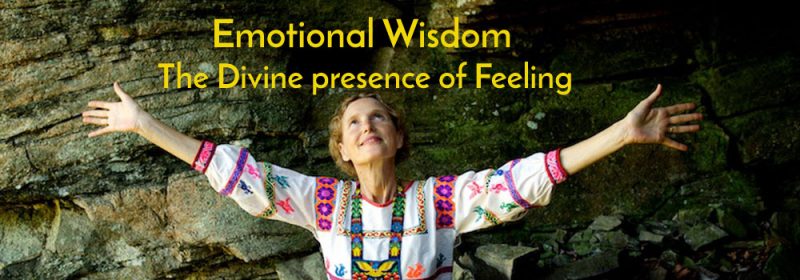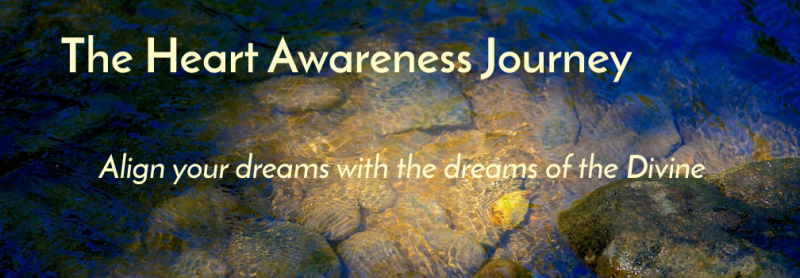With the #MeToo movement fully underway and so many women (and other genders) speaking out about the abuse they have experienced, it brings up for me the subject of Anger. The emotion of anger is thoroughly stigmatized and generally defined as a ‘negative’ emotion. While anger can be toxic and utterly destructive, we forget the vital and healthy role that anger plays in our organism.
What, you may ask, could be healthy about anger? When someone hurts or abuses us, the emotional energy of anger arises to give us the impetus to set a healthy boundary. It gives us the courage to say “No” to someone that is hurting us, or even to protect ourselves physically. It can alert us when someone is trying to manipulate us. It can impel us to remove ourselves from a toxic situation.
Anger also acts as an indicator for our most cherished values. When something we care about deeply is under attack or being violated, we tend to feel angry. That anger can then become an impetus to take action. Rather than letting the anger turn to aggression or resentment, we can allow that energy to motivate us to live our heart-connected values more fully. We can practice a kind of alchemy with our anger so that it inspires personal alignment and responsibility and sometimes move us to sacred activism.
However, we have been socialized to believe that our anger is negative, and this is particularly so for women. While young men learn they should not be aggressive, anger is generally more accepted in a man. Women, on the other hand, are taught, from the time they are toddlers that to be angry is ‘unladylike’ and ugly. When a woman expresses anger she is very often labeled a ‘bitch’. We are trained to deny this natural energy that arises within us to protect us in the face of any kind of abuse.
So how do we distinguish between toxic and destructive anger and the healthy, balanced expression of anger?
The key is to recognize the role the mind plays in our anger. Toxic anger arises when the mind is attached to a certain desired outcome or maintains a belief about the way things ‘should’ or ‘should not’ be. When our strong attachments meet with different circumstances we get angry. This is the classic expression of anger this is understood as poisonous and toxic. However the problem is not that the emotion of anger is inherently negative. Rather, the desires, attachments and fears of our mind generate this kind of destructive anger.
The mind also involves itself in suppressing our innate response of anger and robs us of the ability to say ‘no’ to requests or demands that are not healthy for us. When we keep on saying ‘yes’ to things when we really need to say ‘no’ we begin to experience a sense of brooding resentment. We feel that we can’t refuse and that we ‘have to do it’ which results in a feeling of being victimized and embittered. This kind of anger always seeps out sideways in passive aggression or disproportionate outbursts.
On the other hand, healthy anger arises spontaneously in response to a situation of abuse or manipulation. Anger is a sympathetic nervous system response and is naturally fast moving. Physiologically the full intensity of anger is only designed to last for about 90 seconds: the amount of time to effectively set a boundary, either verbally or physically. No lingering resentment here. Healthy anger arises to give us just enough energy, impetus and courage to effectively protect ourselves, either physically, emotionally, intellectually or spiritually. In this way, the response is proportional to the situation, not amplified by the mind into aggression, or suppressed into simmering resentment. It plays its role and disperses to make way for the next experience.
Have you ever had the experience of speaking up with force to someone, feeling your point land, and then having the anger ebb away to make way to a sense of satisfaction or even exhilaration at the wonderful precision of this energy? I hope you have, because it is a thoroughly enlivening experience. It does not require any aggression. It is our emotional wisdom in action. If you haven’t experienced this, I hope this can give you permission to try it.
How to be with the backlog of anger that many of us have:
 Nearly all of us have been socialized to believe that anger is bad. We also sometimes we find ourselves in situations where we are unable to stand up for ourselves, someone else or something we care about. So it’s rare to find someone who doesn’t have a backlog of unexpressed anger that has built up over time. This can make us afraid to express our anger at in for fear that it might burst forth in a disproportionate outburst.
Nearly all of us have been socialized to believe that anger is bad. We also sometimes we find ourselves in situations where we are unable to stand up for ourselves, someone else or something we care about. So it’s rare to find someone who doesn’t have a backlog of unexpressed anger that has built up over time. This can make us afraid to express our anger at in for fear that it might burst forth in a disproportionate outburst.
Below are the most effective ways of moving stuck Anger so that it doesn’t come out as aggression or passive aggressive behavior with others. The IMPORTANT KEY is to use a particular situation to get in touch with the anger and then to drop the narrative about the situation altogether and simply feel and express the anger. You must drop the storyline, otherwise you can actually reinforce the narrative or story that is causing the resentment. Feeling and expressing just the feeling itself will bring freedom.
- Anger loves to move physically. On the most basic, physiological level it is the fight response. So an extremely effective way of discharging it and dispelling stuck anger is through physical movement: hitting, punching, stamping, kicking, running, weights. It doesn’t need to be for a long time. Remember that the greatest intensity of anger is only designed to last about 90 seconds.
- Vocalizing: Again, the natural way of setting a boundary is via our voice so yelling, shouting, growling and exclaiming “NO!!!” are all great. Put on loud music to drown out your expression if necessary.
- Venting to a friend: this requires some set-up. Choose someone who you know won’t take what you say personally and ask them if it would be okay for you to vent to them. Choose a set amount of time (2 – 5 minutes) and have one of you time it. Make sure they understand that you are just venting and that they should not take what you say as what you really believe.
- Writing; if none of the other options are available for some reason this can be helpful and it is very good to burn what you wrote afterwards.
Look out for my next blog in which we’ll talk about boundaries; what is a healthy boundary and how do we set it effectively? And if you’d like to explore the wisdom of all your emotions in more depth you might like to check out my “Emotional Wisdom” 6 week teleclass coming up in February. (link)





